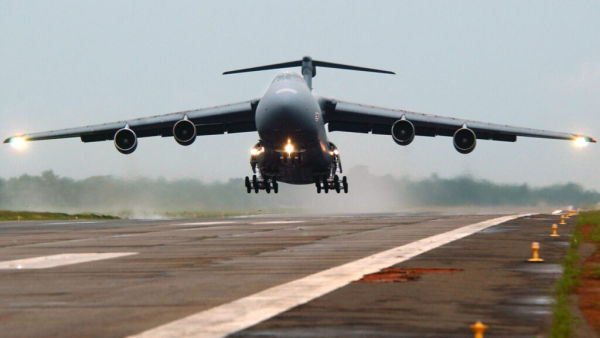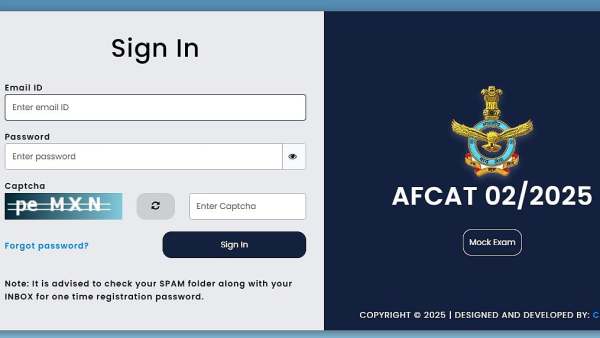Although the United States Air Force has flown, and still flies, some of the largest bombers in aviation history, including the venerable B-52 Stratofortress, when it comes to the true giants of military aircraft, it’s the strategic transport planes that top the list when it comes to both physical size and payload capability.
The USAF’s fleet has included a number of different cargo aircraft in the modern era, including the prop-driven C-130 Hercules, the now-retired C-141 Starlifter, and the workhorse C-17 Globemaster III. But it’s the Lockheed C-5M Super Galaxy that towers above them all, literally. With its massive length of 247 feet and a wingspan of 222 feet, the C-5 isn’t just the largest aircraft ever flown by the U.S. military, it’s one of the largest aircraft on earth, of any type.
When called upon, the Super Galaxy is capable of carrying over 280,000 pounds of cargo inside its massive fuselage, which it can then transport across the world. Despite its lack of armament, these capabilities make the C-5M one of the most technically impressive and important aircraft in the U.S. Air Force.
From Galaxy to Super Galaxy
Taking its first flight in 1968, the C-5 Galaxy was designed to be able to fly farther and carry more cargo than any military transport before it. It was a tremendously expensive aircraft to develop and was partially responsible for pushing Lockheed to the brink of bankruptcy in the early 1970s. Lockheed even toyed with making a civilian version of the C-5 called the L-500, but due to costs, that project never went beyond the proposal stage.
The C-5 would go on to serve as a transport in nearly every American military conflict since the early 1970s, and has also delivered equipment and supplies for countless humanitarian missions across the globe. The final C-5 airframe came off the assembly line way back in 1989, but beginning in the late 1990s, Lockheed Martin began a series of modernization projects that by 2018 would convert the USAF’s existing C-5s into C-5M Super Galaxys.
Among the upgrades done, the conversion was changing the C5’s four engines to General Electric F-138-GE100s, which allow the massive plane to cruise at speeds up to 518 miles per hour. This easily ranks the Super Galaxy among the world’s most powerful military transport aircraft.
An aviation wonder
The sheer size of the Super Galaxy is hard to convey without seeing one directly next to another aircraft, or in person, as many airshow-goers have been fortunate enough to do over the years. In photos and videos without a point of reference, the C-5M may look similar to the newer and more common Boeing C-17 Globemaster III cargo plane, but in reality, the C-5 absolutely dwarfs the C-17 in size.
Along with equipment and supplies, the C-5 can also haul as many as 270 passengers in its various configurations. But it isn’t just the raw cargo capacity of the Super Galaxy that’s impressive; it’s the wide variety of cargo the plane can haul. From armored military vehicles, including tanks, to a variety of military helicopters. There are even two specially modified C-5s that are capable of carrying satellites and spacecraft, including the Hubble and James Webb Space Telescopes.
As of now, there are no confirmed plans to replace the current fleet of C-5Ms with a newer aircraft, and with ongoing efforts to further modernize the Super Galaxy’s avionics and communication system, the service life of the C-5 is expected to last well into the 2040s and possibly beyond. In other words, don’t expect to see this flying giant disappear from the skies anytime soon.





